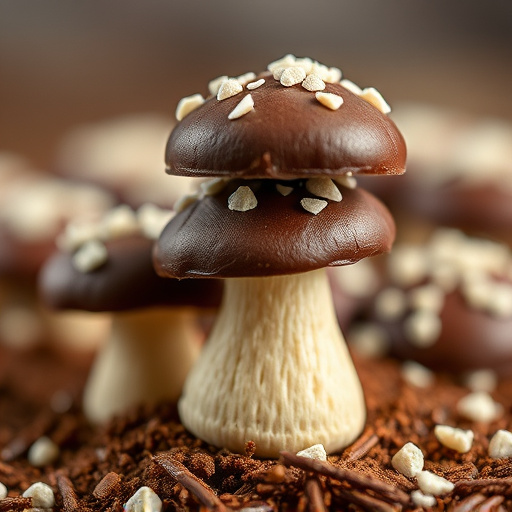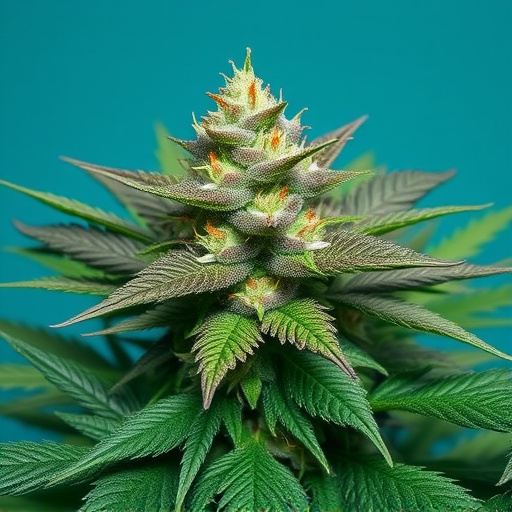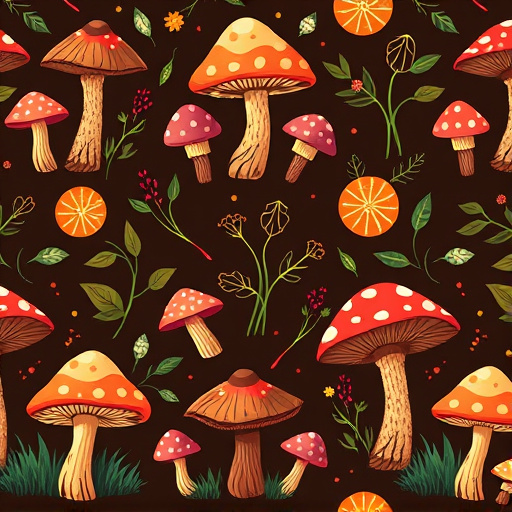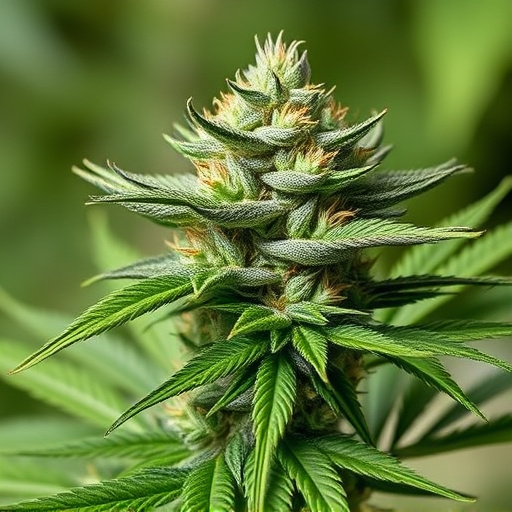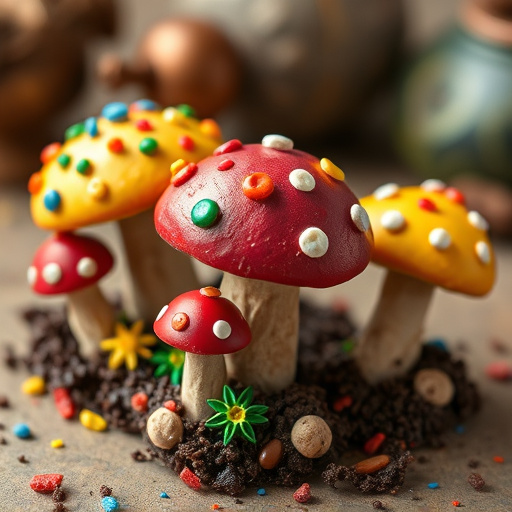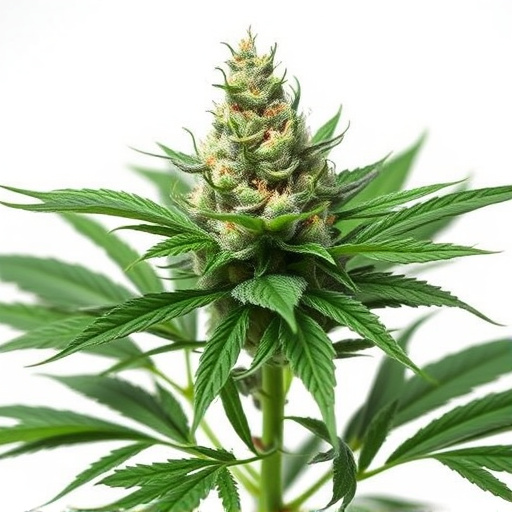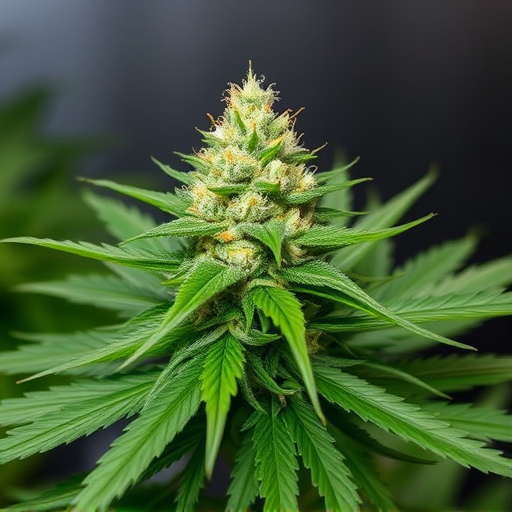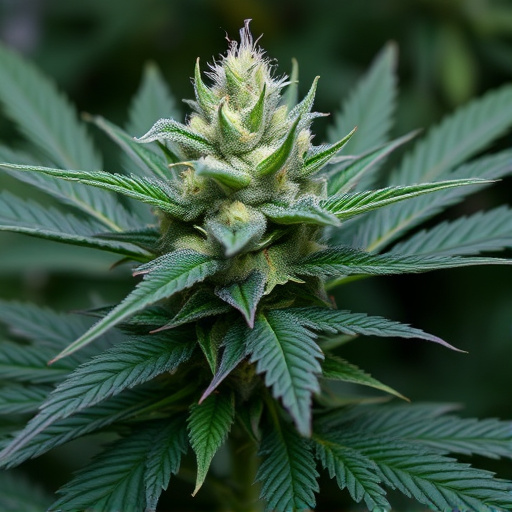Understanding temperature's effect on cannabinoid absorption is crucial for maximizing the potency and efficacy of top cannabis strains 2025. Lower temperatures enhance the stability and solubility of compounds like THC and CBD, promoting better digestion and dose control. Higher temperatures can degrade or transform these compounds, reducing bioavailability and perceived potency. Consumers can leverage this knowledge to tailor consumption methods (vaporization or ingestion) for desired effects, ensuring optimal experiences with the latest top strains.
Temperature plays a pivotal role in how our bodies absorb THC and CBD from cannabis. This article delves into the science behind these chemical reactions, exploring how temperature impacts bioavailability and user experience. We’ll break down ideal temperature ranges for various consumption methods, from vaporization to edibles, highlighting specific effects on top cannabis strains in 2025. Additionally, we’ll discuss optimizing absorption for desired outcomes and future trends, including technology-driven, temperature-controlled delivery systems.
- The Science Behind Temperature and Cannabinoid Absorption
- – Exploring the chemical reactions of THC and CBD at different temperatures
- – How temperature impacts the bioavailability and efficacy of cannabis
The Science Behind Temperature and Cannabinoid Absorption

The relationship between temperature and cannabinoid absorption is a fascinating aspect of cannabis science, with implications for both potency and efficacy. Research indicates that the absorption of cannabinoids like THC (tetrahydrocannabinol) and CBD (cannabidiol) is significantly influenced by temperature. These compounds are thermosensitive, meaning their chemical properties change based on heat exposure.
At lower temperatures, THC and CBD tend to be more stable and less soluble in fat, which is a common delivery method for cannabis consumption. This stability can lead to enhanced absorption as it ensures the cannabinoids remain intact during digestion. Conversely, higher temperatures can cause these compounds to degrade or transform, altering their bioavailability. Understanding this science is crucial for consumers looking to maximize the effects of top cannabis strains in 2025, as it guides optimal consumption methods and delivery systems.
– Exploring the chemical reactions of THC and CBD at different temperatures
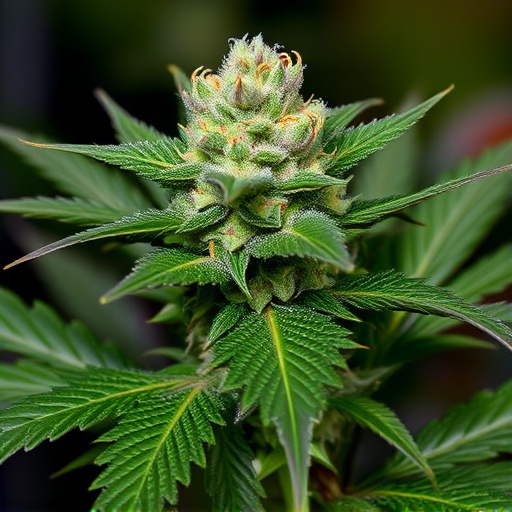
The chemical reactions of THC and CBD, two prominent compounds in cannabis, are significantly influenced by temperature. Understanding how temperature interacts with these molecules is key to unlocking the optimal experience for users, especially when considering the top cannabis strains of 2025. At lower temperatures, THC and CBD tend to be more stable, preserving their potency and effects. This stability allows for a more precise dose control, as the compounds do not break down as quickly, ensuring users can enjoy the desired effects without excessive intake.
As temperature rises, however, these compounds undergo chemical transformations. Higher heat speeds up reactions, potentially altering the composition of THC and CBD in ways that might affect their absorption and perceived potency. This is particularly relevant when considering consumption methods like vaporization or ingestion, where temperature control plays a significant role. By manipulating temperature, cannabis consumers can explore diverse experiences, from enhanced euphoria to modified therapeutic benefits, shaping their intake strategies for optimal results.
– How temperature impacts the bioavailability and efficacy of cannabis
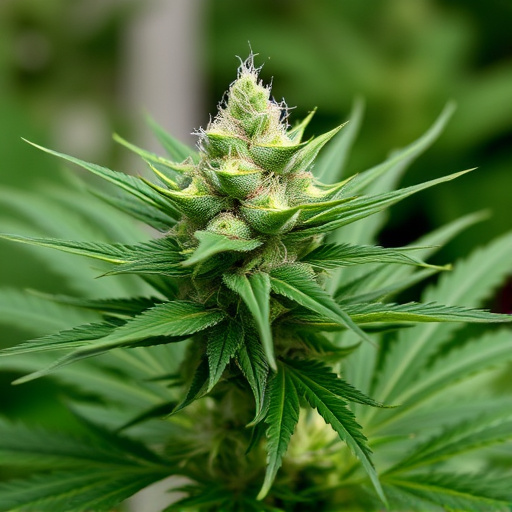
In the ever-evolving world of cannabis, understanding how temperature influences the active compounds within is key to maximizing both bioavailability and efficacy. The absorption of THC (tetrahydrocannabinol) and CBD (cannabidiol), two prominent cannabinoids in top cannabis strains 2025, is significantly affected by temperature changes. When consumed, these compounds interact with our bodies’ endocannabinoid system, responsible for regulating various physiological processes.
Optimal temperature ranges play a critical role in activating these receptors effectively. Research suggests that THC becomes more bioavailable at warmer temperatures, enhancing its psychoactive effects. Conversely, CBD absorption may be slightly less sensitive to temperature variations, but maintaining suitable conditions still ensures its therapeutic benefits are fully realized. Knowing this, cannabis consumers can tailor their consumption methods and temperatures to achieve desired effects from the latest top cannabis strains.
In conclusion, understanding how temperature influences the absorption of THC and CBD is pivotal for maximizing the efficacy of cannabis consumption. As we move forward into the top cannabis strains of 2025, knowledge of optimal administration methods, including ideal temperature ranges, will empower consumers to unlock the full potential of these compounds. By tailoring consumption to scientific insights, users can enhance both bioavailability and overall experience, ensuring a more effective and enjoyable journey through the world of cannabis.
